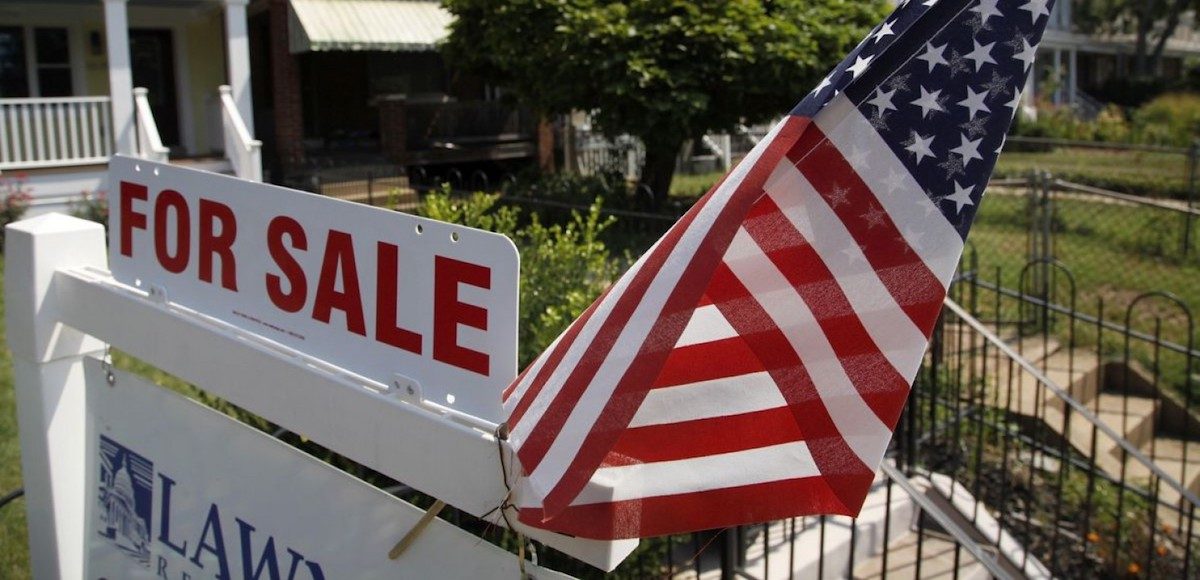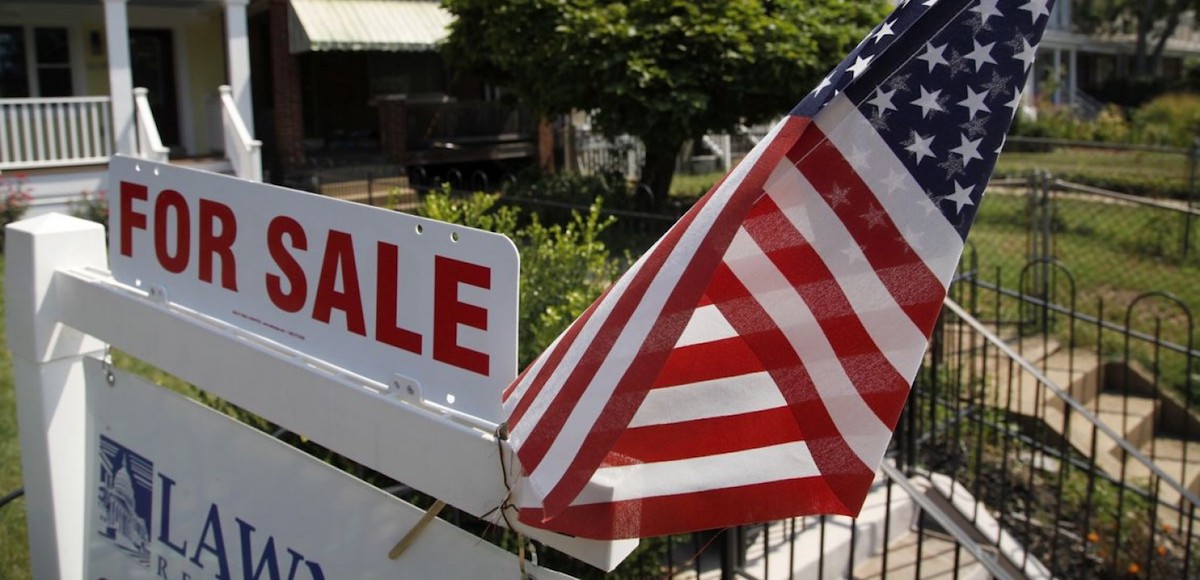

A U.S. flag decorates a for-sale sign at a home in the Capitol Hill neighborhood of Washington, August 21, 2012. (Photo: Reuters)
The S&P CoreLogic Case-Shiller U.S. National Home Price NSA Index covering all 9 U.S. census divisions rose 6.3% annually in December, up from 6.1% last month. The 10-City Composite posted an annual increase of 6.0%, unchanged from last month. The 20-City Composite posted a 6.3% year-over-year gain, down from 6.4% last month.
All 3 either met or, in the case of the monthly 20-city, beat the median economic forecast.
“The rise in home prices should be causing the same nervous wonder aimed at the stock market after its recent bout of volatility,” said David M. Blitzer, Managing Director and Chairman of the Index Committee at S&P Dow Jones Indices. “Across the 20 cities covered by S&P Corelogic Case Shiller Home Price Indices, the average increase from the financial crisis low is 62%; over the same period,inflation was 12.4%. None of the cities covered in this release saw real, inflation-adjusted prices fall in 2017.”
Seattle, Las Vegas, and San Francisco reported the highest year-over-year gains among the 20 cities. In December, Seattle led the way with a 12.7% year-over-year price gain, followed by Las Vegas with an 11.1% gain and San Francisco with a 9.2% gain.
Nine cities reported greater price increases in the year ending December 2017 versus the year ending November 2017. But of the 20 cities covered in this release, none of them saw real, inflation-adjusted prices fall in 2017.
“The National Index, which reached its low point in 2012, is up 38% in six years after adjusting for inflation, a real annual gain of 5.3%,” Mr. Blitzer added. “The National Index’s average annual real gain from 1976 to 2017 was 1.3%. Even considering the recovery from the financial crisis, we are experiencing a boom in home prices.”
As we’ve seen in other housing market data, inventory shortages are causing home price increases and reduced home sales. The National Association of Realtors (NRA) over the last few months have posted disappointing existing and pending home sales data, which Mr. Blitzer says will begin to put downward pressure on prices in the upcoming months.
“Within the last few months,there are beginning to be some signs that gains in housing may be leveling off. Sales of existing homes fell in December and January after seasonal adjustment and are now as low as any month in 2017,” he added. “Pending sales of existing homes are roughly flat over the last several months. New home sales appear to be following the same trend as existing home sales.”
“While the price increases do not suggest any weakening of demand, mortgage rates rose from 4% to 4.4% since the start of the year.It is too early to tell if the housing recovery is slowing. If it is, some moderation in price gains could be seen later this year.”






